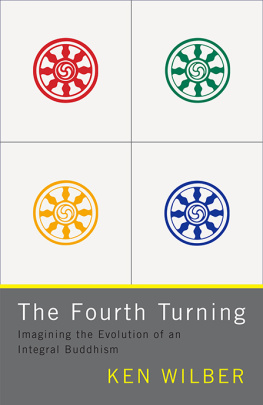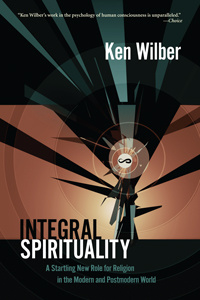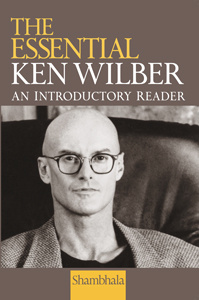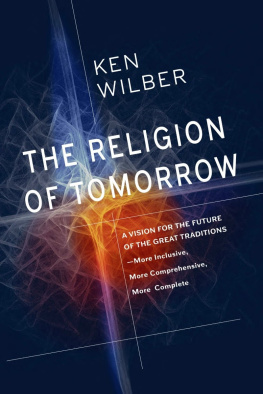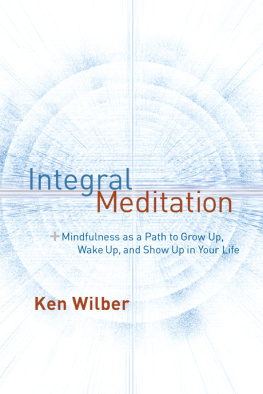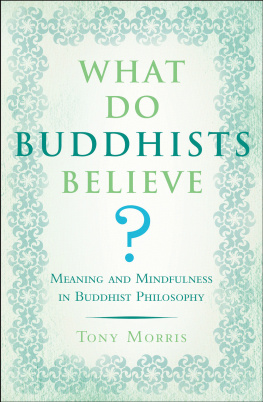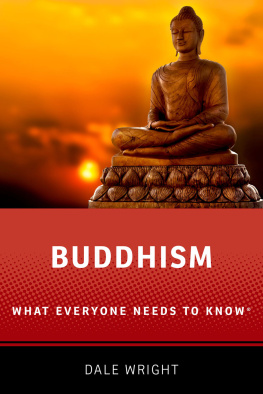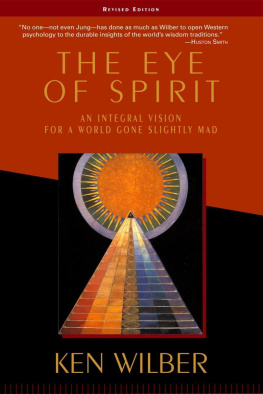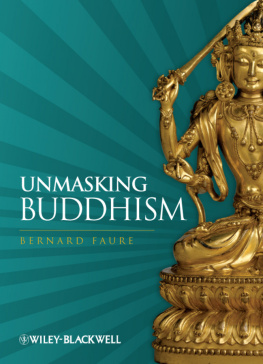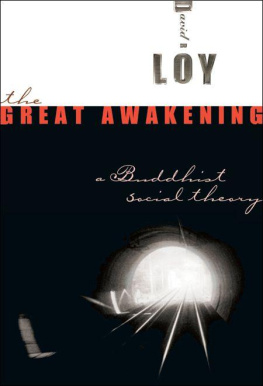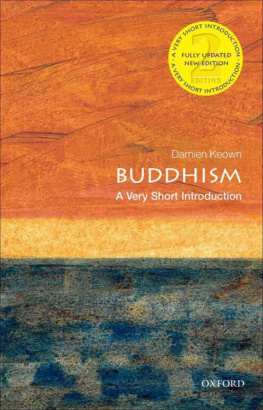THE FOURTH TURNING

Imagining the Evolution of an Integral Buddhism
Ken Wilber

SHAMBHALA
Boston & London
2014
SHAMBHALA PUBLICATIONS, INC.
Horticultural Hall
300 Massachusetts Avenue
Boston, Massachusetts 02115
www.shambhala.com
2014 by Ken Wilber
All rights reserved. No part of this book may be reproduced in any form or by any means, electronic or mechanical, including photocopying, recording, or by any information storage and retrieval system, without permission in writing from the publisher.
eISBN 978-0-8348-2957-2
eISBN 978-0-8348-2985-5 (Shambhala.com edition)
CONTENTS


THE FOLLOWING IS A very short, very introductoryalmost outline summaryof a larger and more detailed regular book (i.e., not eBook) to be released next year by Shambhala Publications. But we felt it was a good idea, for several reasons, to release this version at this time, with its basic arguments and core ideas. One is that it was advisable to have a simplified and easily conveyed version of the books main thesis out and available, so important is the general idea itself. That idea is, basically, that now is absolutely the time that the worlds core religions should get serious about updating their fundamental dogmas and dharmas and gospelsthat it has been over a thousand years, at least, since virtually all of them added significant ideas and practices to their main teachingsteachings that themselves, virtually without exception, were originally created when men and women literally believed that the earth was flat; that slavery was considered the normal state of nature; that women and other minorities were considered second-class citizens, if citizens at all; that evolution had not yet been discovered, nor most of the modern sciences (and thus the principle source of serious knowledge was considered to be mythic revelation, not scientific experiment); and that the multicultural nature of so much knowledge was completely unheard of. My thesis is that the core ideas of the Great Traditions can literally and seriously be retained, but re-interpreted and included in a much more Inclusive Framework (often called an Integral Framework) that adds to those core doctrines the many new discoveries about spiritual experience, spiritual intelligence, and spiritual development that have been discovered during those thousand years. The result is a spiritual framework that transcends and includes the central teachings of the Traditions, including the old but also adding a significant amount of new material that is fully compatible with the old, but that, in essence, brings it up to date in the modern and postmodern world.
Such updating Integral approaches to the Great Traditions have already begun in many of them, including Christianity (see, for example, Paul Smiths Integral Christianity; Tom Thresher, Reverent Irreverence; Bruce Sanguin, The Emerging Church; Gary Simmons work at Unity Church; and the work of Chris Dierkes, Rollie Stanich, Father Thomas Keating, and numerous others), Hinduism (Dustin DiPerna, who has also done significant Integral work on many of the other Great Traditions), Islam (Amir Ahmad Nasr, My Islam), Judaism (Marc Gafnis Radical Kabbalah), as well as Buddhism (Jun Po Roshi, the dharma heir to Eido Roshi; Jun Pos main student, Doshin; Diane Musho Hamilton; Patrick Sweeney, a lineage heir to Chgyam Trungpa; and Traleg Rinpoche), and work such as The Coming Interspiritual Age (Kurt Johnson and David Ord), to name a few. The excitement caused by such updating has been considerable, particularly considering that it can be done, indeed, while retaining the core teachings of the original Traditionincluding ways to rather seamlessly integrate the religious tradition with modern science. This overall approach is achieved by noticing several fundamental items about how spiritual experience and spiritual intelligence is created in the first place, items that were already demonstrably present in the original Teachings, and thus items that can be expanded and updated while not violating the essentials of the original Teachings themselves in the least.
As noted, several teachers have been doing the same thing with Buddhism for several years now, and so it seemed appropriate to summarize the essentials of that new, Integral approach to Buddhism (as an example of how any Great Tradition, in general, can be Integrally updated and informed). As I point out in the beginning chapter of this presentation, Buddhism itselfunlike virtually every other Great Traditionhas always been open to the continuing unfolding and expansion of its own teachings, as evidenced in its own notion of the Three (or Four) Turnings of the Wheel of Dharma (Truth), which is a major teaching in Buddhism itself. The idea is that Buddha-dharma (Buddhist Truth) has itself already undergone three (or four) major evolutionary Turnings in its own Teachings, according to Buddhism itself. The First Turning began with the original, historical Gautama Buddha himself, and is preserved to this day in teachings such as the Theravada. The Second Turning was introduced by the genius Nagarjuna, around 200 CE, with his revolutionary notion of shunyata, or the radical Emptiness or unqualifiability of ultimate Reality (which could be said neither to be, nor not to be, nor both, nor neitherthe idea being to clear the mind of any and all concepts about Reality so that Reality in itself could be directly experienced), a notion that became the foundation of virtually every Mahayana (Greater Vehicle) and Vajrayana (Diamond Vehicle) teaching henceforth. The Third Turning occurred with the half-brothers Asanga and Vasubandhu, and is generally called the Yogachara school, sometimes referred to as the Mind-Only school (which agreed with Nagarjuna that ultimate Reality was Emptiness, but so was ultimate Mind). This teaching became a central foundation of the great Tantra and Vajrayana (Diamond Path) teachings, which particularly flourished in such places as the extraordinary Nalanda University in India from the 8th to the 11th century CE, and continued unabated in Tibetan Buddhist schoolsand, indeed, many Buddhists consider Tantra and Vajrayana to be a Fourth Turning of the Wheel. (If we do so, which makes sense to me, then what I am actually talking about would be a Fifth Turning, so please keep that in mind. But whether we acknowledge these Turnings or not doesnt affect the main points of this book, which is what a genuinely inclusive, comprehensive spirituality would begin to look likethis is our main issue.) But with regard to the Turnings, those who acknowledged them maintained that each of them tended to transcend and include the previous ones, all of them agreeing with many of the Buddhas original points, and then adding new teachings of their own.
Buddhism is thus used to updating its own major teachings with new and profound additions. But it has been some 1,500 years since the Third Turning; and even the great Tantric schools, which (as noted) flourished from the 8th to the 11th centuries CE, are now close to a thousand years old. The time, again, is more than ripe for a new fundamental addition, a new Turning of the Wheel of Dharma. Many teachers have been saying the same thing for a number of years now; this is one version, a version that has already demonstrated its usefulness and versatility.
This short book is divided into 3 major parts. Part 1 deals with the history of Buddhism and its previous three Turnings. Part 2 briefly describes the new proposed Integral Framework, and demonstrates its fundamental elements and operations. And Part 3 concludes with several musings on the possible future of Buddhism itself, comparing the future of Buddhism if it does become Integral with its future if it doesnt. This future is not dissimilar to that of the other major Traditions themselves: these spiritual systems need to be brought into the modern and postmodern world in significant ways, or face extinction (or, alternatively, increasingly confined to the childishly minded). The suggestions for how to do so with Buddhism are, in essence, suggestions that can be applied to virtually every other religion; and thus, no matter what your faith (including atheistic or agnostic, and theistic or nontheistic), I believe this book has a good deal to offer you. With humility and gratitude, I therefore offer the following suggestions for ways to return spirituality to the central and fundamental place it has had in human life for most of our existence on earth, although it has, for the last few hundred years, increasingly been losing respect. May this help you locate your own faith (again, atheistic or agnostic, and theistic or nontheistic) in this wondrous, amazing, mysterious, miraculous place we call the Kosmos.
Next page
